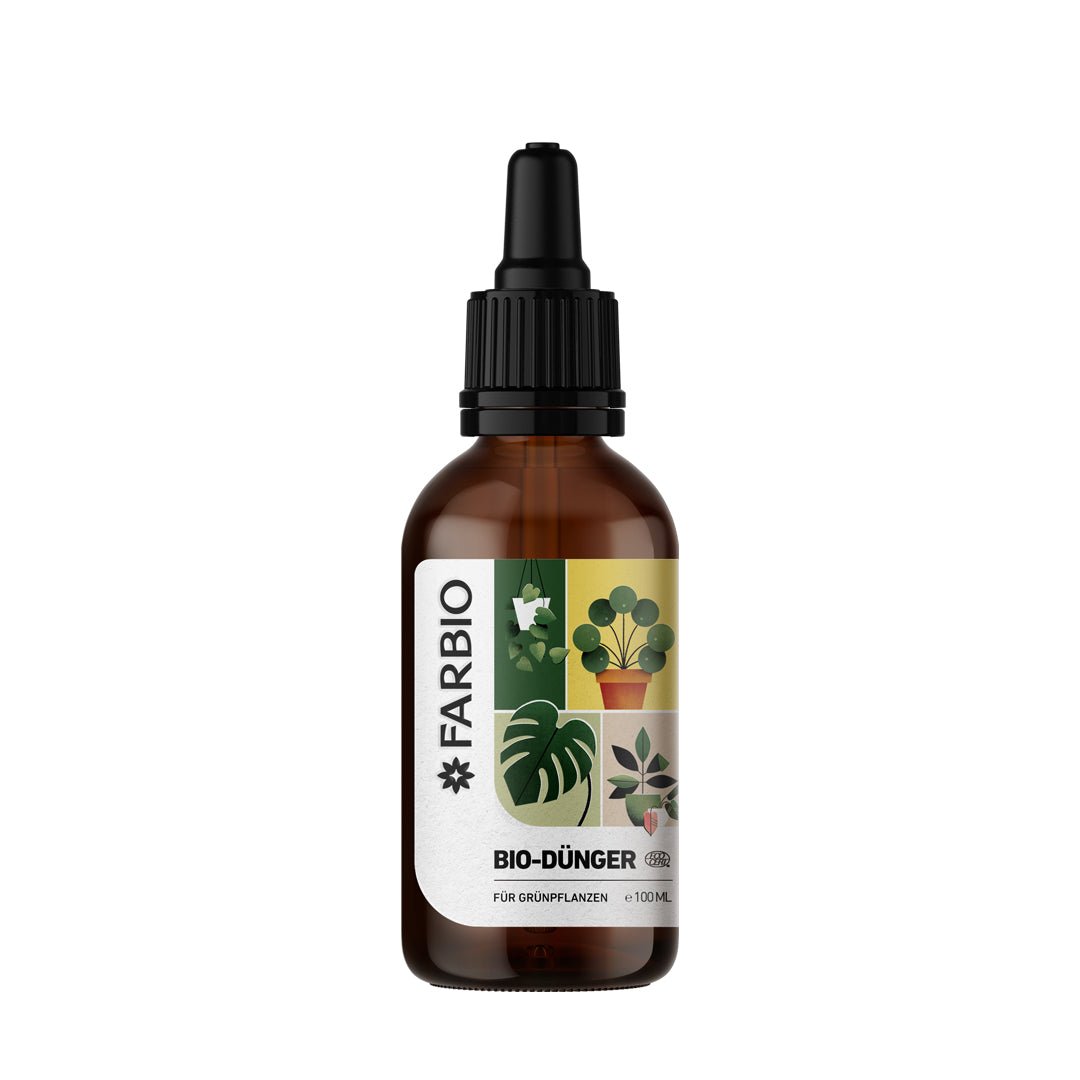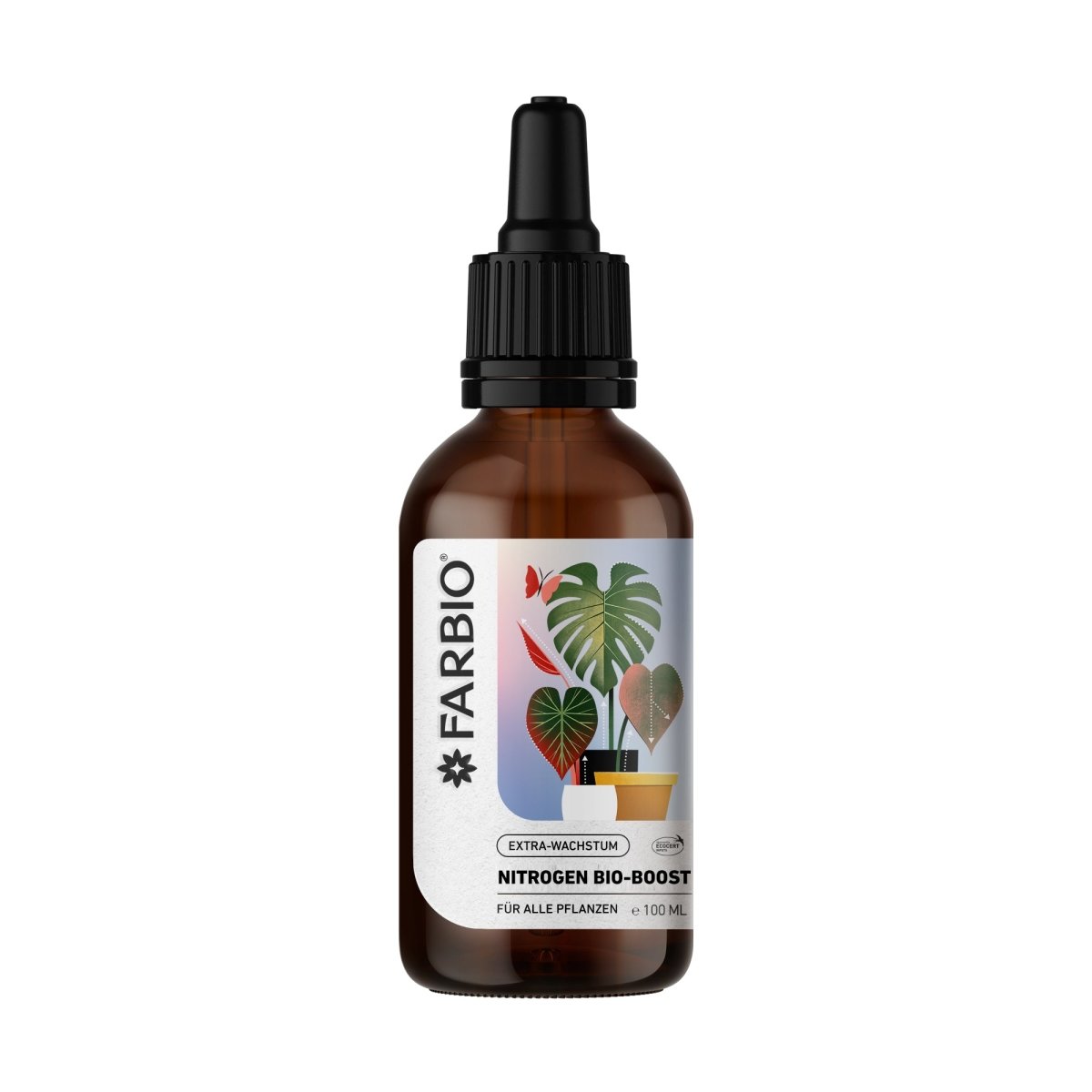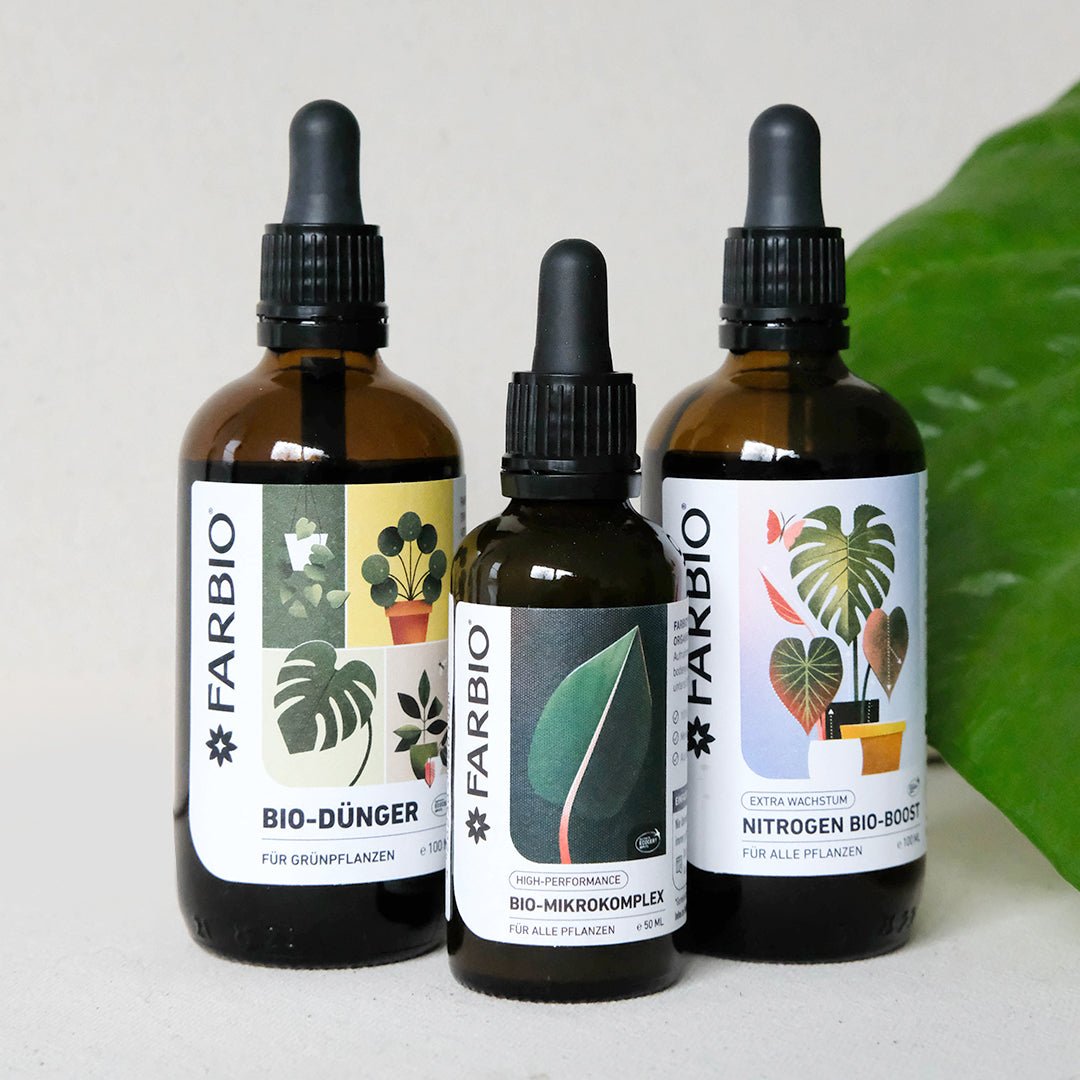Do any of your Monsteras break? A care error is often to blame! In this article we will show you exactly what you can do about it. This means that your tropical houseplant suddenly becomes very easy to care for.
Monstera species: Difference between Monstera adansonii, Monstera Thai constellation and Co.
Monstera is also known as window leaf. There are several types of Monstera plants - you can distinguish them by their leaf shapes and patterns.
Monstera deliciosa: This species is the most widespread and is known for its large, heart-shaped leaves with characteristic slits. This climbing variety is also known as the “Swiss Cheese Plant.”

Monstera adansonii: This species has smaller, heart-shaped leaves and is also a climbing plant. It has holes instead of slots.

Monstera Thai constellation: This species is very popular due to its striking leaf pattern. The leaves have white or cream spots on a dark green background - this gives the plant a striking appearance and makes it an expensive rarity.

Monstera pinnatipartita: This species is characterized by heavily slit and serrated leaves - the leaf shape is oval.

What's wrong with your Monstera? Causes of brown leaves and other problems
Get to the bottom of the causes of the discoloration of your Monstera leaves to get rid of them!
Why does the Monstera get brown spots?
Although Monstera plants require light, they should be protected from direct midday sun. A location with too much sunlight can lead to sunburn, which appears as brown discoloration on the leaves.
Infections caused by fungi or plant pests such as spider mites can also cause brown spots.
Why does Monstera get yellow leaves?
It is normal for older leaves to turn yellow and fall off. This is a natural part of the growing process. If only the lower leaves of your houseplant turn yellow, this is probably the reason and you don't need to do anything.
One of the most common causes of yellow foliage on Monstera plants is excessive watering or inadequate drainage. If the plant's roots are constantly in wet soil, they can rot, resulting in yellow leaves.
Although overwatering can be a problem, the plant must also not be allowed to dry out. If the soil becomes too dry, the leaves will change color and wilt.
A lack of important nutrients can also lead to yellow leaves. Monstera plants require regular fertilization to stay healthy.
Our FARBIO® liquid fertilizer for green plants supports you in caring for your Monstera!

Why does the Monstera get brown tips?
In a dry environment, brown leaf tips may develop. A humidity of 60% is ideal for most green plants.
Which pests and diseases affect your houseplants?
An infestation of pests or diseases can often be seen on the leaves of your plant. It is important to detect and treat an infestation early to save your Monstera!
Spider mites (Tetranychidae) : Spider mites are tiny, often barely visible animals that suck on the underside of leaves and leave behind fine silk threads. An early sign of a spider mite infestation are bright, yellowish spots on the foliage. In severe infestations, the leaves may turn completely yellow, curl and fall off.
Whiteflies (Trialeurodes vaporariorum) : Whiteflies are small, flying insects that live on the underside of leaves and look like tiny white moths. They feed on plant sap and secrete sticky honeydew secretions that can attract black mold. A clear sign of a whitefly infestation is the detection of these insects on the leaves or the presence of sticky deposits.
Downy mildew (Peronospora spp.) : Downy mildew is a fungal disease that appears as gray or white powdery deposits on leaves. These deposits can also accompany yellowish spots on the leaves.
This is what you should do in the event of an infestation:
- Isolate the infected plant to prevent it from spreading to other plants.
- If there is a slight infestation, you can carefully rinse the animals with a jet of water or wipe them with a cloth. Alternatively, separate the affected parts of the plant.
- If the infestation is more severe, you can use natural pesticides, such as neem oil. It contains ingredients that have an insecticidal and fungicidal effect. Neem oil is therefore used as a natural and environmentally friendly pesticide. It is non-toxic to humans, animals and beneficial insects such as bees. Unlike chemical pesticides, which often have a targeted effect, neem oil can repel a wide range of pests.
Caring for it properly - this is how you succeed
Goodbye brown leaves and leaf tips - with the right care you can save your Monstera and avoid problems!
The right location for the Monstera deliciosa
The Monstera deliciosa, like most Monstera species, prefers bright, indirect light. You should avoid direct sunlight as this can cause burns. So it doesn't need a very bright location directly on the windowsill, a place somewhere in a room with bright daylight is sufficient! Since it is sensitive to cold, you should protect it from drafts.
Monstera deliciosa is a climbing plant and therefore requires a climbing aid when it reaches a certain size - a moss stick, coconut stick or a trellis are ideal.

Do I have to fertilize my Monstera regularly?
The use of fertilizer is particularly important for houseplants because they live in limited space and are unable to obtain enough nutrients naturally.
Don't let your plants starve: Regular fertilization ensures that plants develop more large leaves, their flowering time is extended, more leafy greens are produced and their resistance to diseases and pests increases.
You should fertilize your Monstera once a week during the growth phase from March to October and once a month from November to February.
The FARBIO® Nitrogen Bio-Boost is a premium liquid fertilizer that significantly accelerates the growth of your plant thanks to its high nitrogen content. Particularly fast absorption and efficiency when used as a foliar fertilizer.
How high should the humidity be for my Monstera?
Monstera plants like moderate to high humidity. In dry indoor environments, leaves may dry out and develop brown edges. Misting the leaves is another effective way to prevent dust and dirt from forming while maintaining increased humidity around the plant.
We offer you the FARBIO® glass spray bottle in two designs to match our FARBIO® leaf fertilizers to care for your green roommates. With fill level marking at 125ml for better dosage.

Watering Monstera: This is how you can avoid waterlogging
Don't water your Monstera until the top few inches of soil in the pot are dry. Avoid overwatering, as this leads to waterlogging and root rot.
Another great option is watering over the saucer: the plants or the soil then suck up the water via the capillary effect - this means that overwatering virtually does not occur.
Repot your Monstera plant
Spring is the ideal time to repot houseplants. Your Monstera needs a plant pot with drainage holes that is one or two sizes larger than the old one and a loose, well-drained substrate mix. Carefully lift out your Monstera and loosen the roots. Then carefully place the plant in the new pot with enough fresh substrate.
You can find out more about the ideal Monstera mix here !
Caring for Monstera that already has damage
Plants need time to respond to improved care and recover. If you notice pests or symptoms of disease, you should treat the plant immediately and check it regularly for a while afterwards - to prevent it from spreading again.
If your plant has stems that are too long and thin, you can prune them and direct them towards a climbing structure to promote more compact and healthy growth.
If you don't like the long aerial roots on your Monstera, you can stick them in the ground. By the way, the formation of many aerial roots indicates that your plant is lacking support or nutrients.















